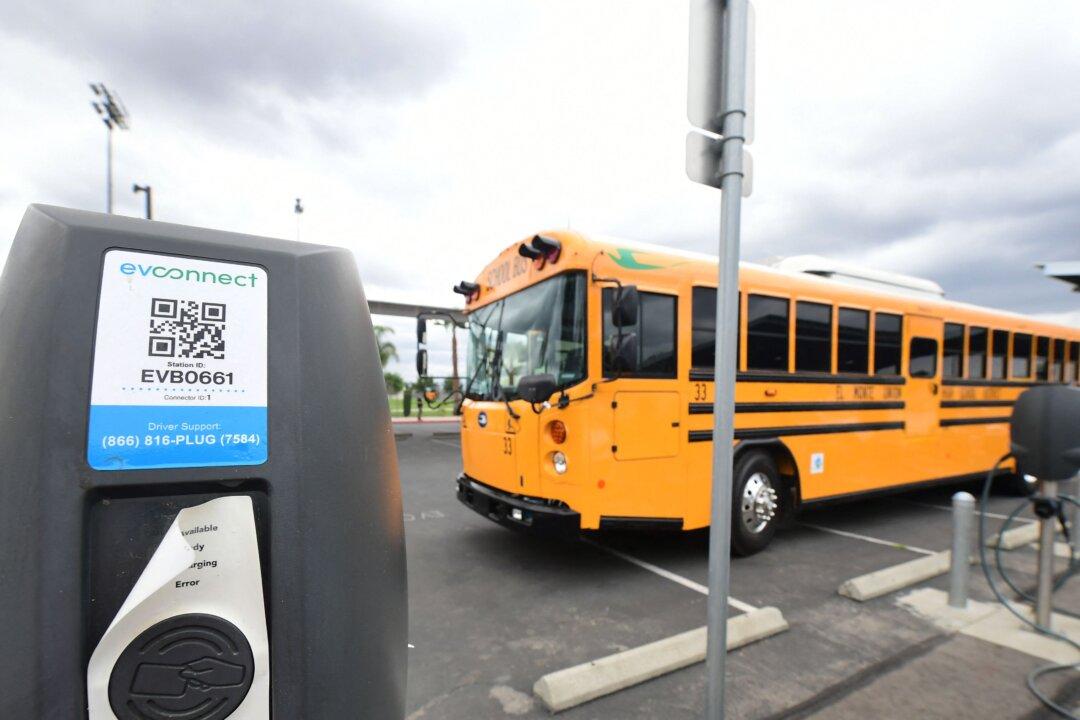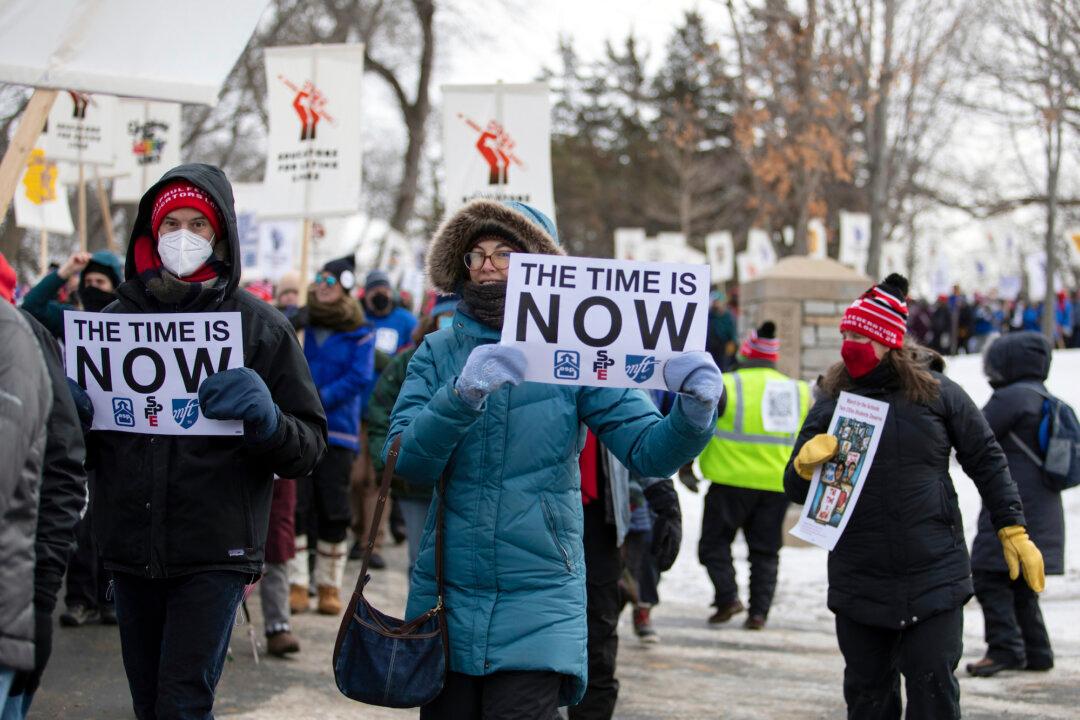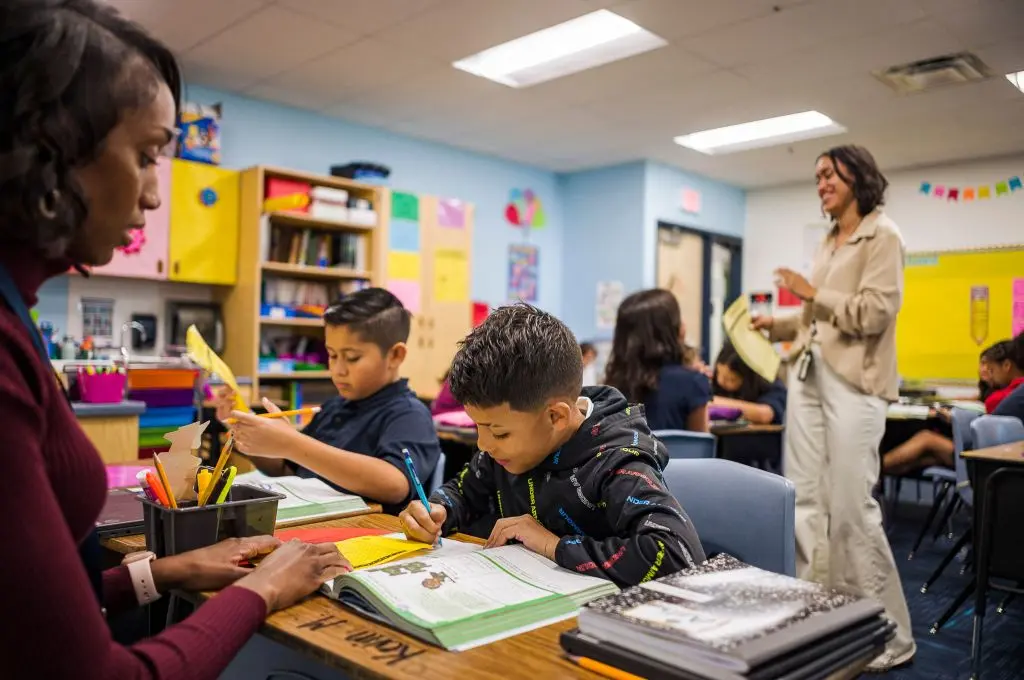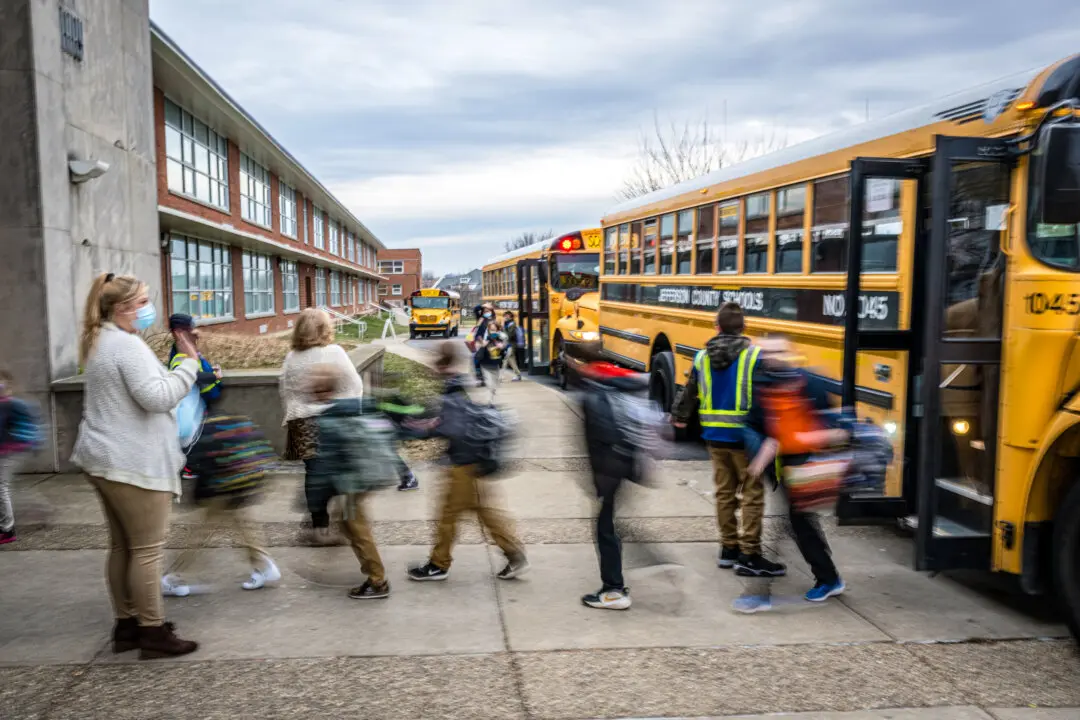In blue New York State, plenty of voters this month saw red over expensive propositions to purchase green school buses.
Even in Ithaca, home of Cornell University and a community where residents and institutions have long trumpeted environmentalism and progressive ideals, taxpayers on May 21 overwhelmingly said ‘no’ to buying electric school buses (ESBs) priced at more than $400,000 each.





